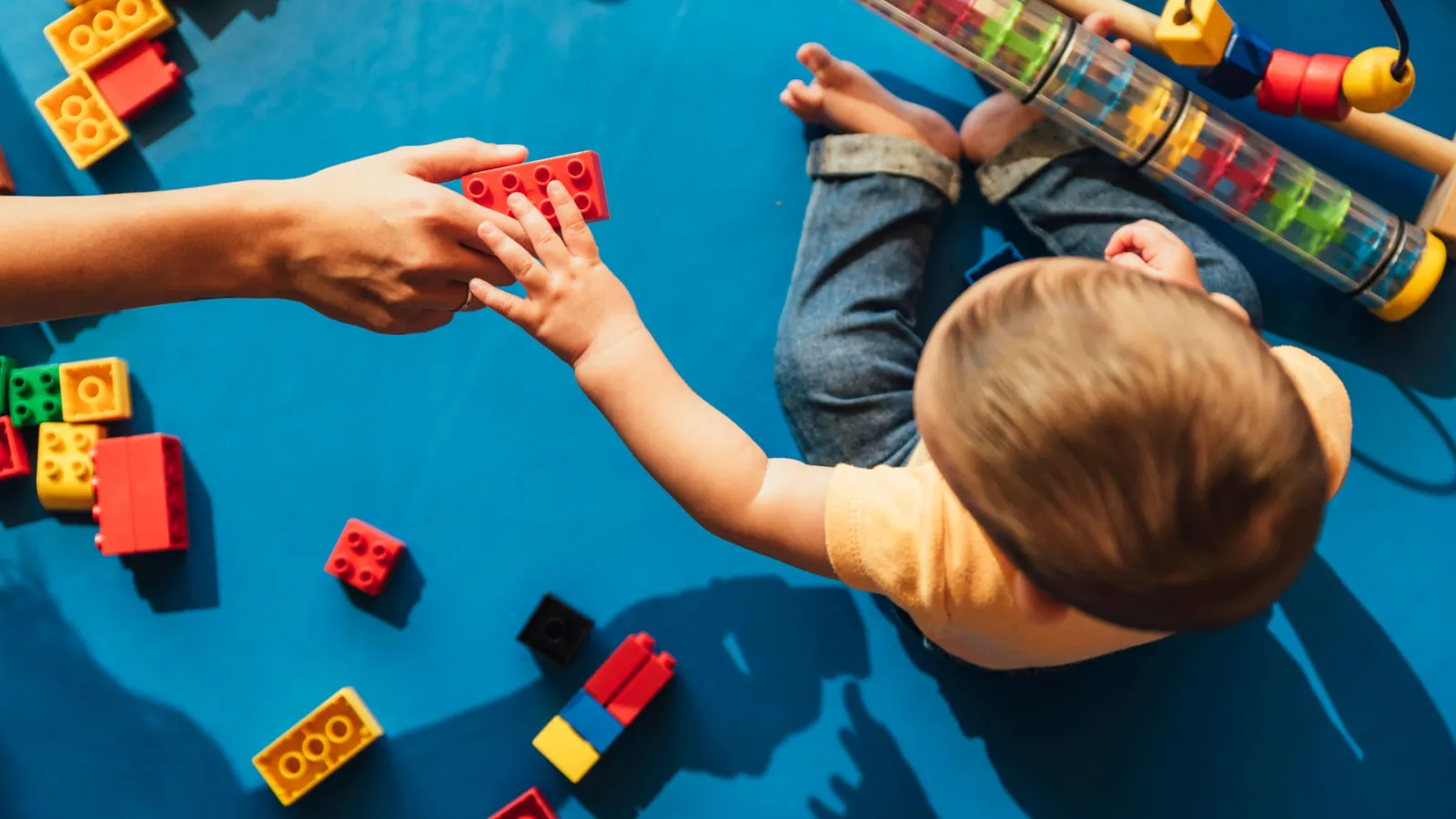Banner

Title
resources
Resource Library
Our Resource Library contains materials and assistance for early childhood educators and those they serve. Explore our selection of podcasts, tip sheets, websites, documents, and self-study courses.
Results: Page 13 of 19
| Resource Name | Description | Resource Type |
|---|---|---|
| PATHWAYS OF EXPOSURE TO POTENTIALLY HARMFUL CHEMICALS | During the 2009 legislative session, the Toxic Free Kids Act was passed and signed into law by the governor. This legislation requires the Minnesota Department of Health (MDH) to create two lists of chemicals: one list called “Chemicals of High Concern” and one called “Priority Chemicals.”The Toxic Free Kids (TFK) program is housed in the Environmental Surveillance and Assessment Section within the Environmental Health Division and supports the MDH mission to protect, maintain, and improve the health of all Minnesotans.The Toxic Free Kids program has created a brief factsheet explaining toxic chemical exposures. It is available in English, Hmong, Somali, and Spanish. | |
| Physical Developmental Delays: What to look for | The American Academy of Pediatrics (AAP) recently launched Physical Developmental Delays: What to Look For, an interactive online tool for parents of children ages 5 and under to use when they are concerned about their child's motor development. Health care providers who are approached with these concerns can refer to the AAP clinical report, Motor Delays: Early Identification and Evaluation, which includes an algorithm to guide developmental surveillance and screening, red flags signaling a need for prompt referral, and recommendations, including appropriate testing. | Website |
| Play in Kindergarten - MN Department of Education | Lifelong learning begins with play. Play uses exploration, imagination, and inquiry to develop cognitive and social-emotional skills and the confidence to engage in new experiences. Play is a valuable and evidence-based teaching practice for all early learning environments, including kindergarten and beyond. | Document |
| Princeton Child Development Center | Princeton Child Development Institute is nationally and internationally known for its applied behavior analysis research in autism intervention. Current research and development activities focus on language acquisition and social interaction; promotion of decision-making skills and independence from caregivers; systems analysis and construction of quality assurance systems; expansion of career options and supported-employment opportunities for young adults; and ongoing research on family-style, community-based models of residential treatment. Research leading to the development of replicable treatment models is an essential element of the Institute's programs, because it benefits not only individuals currently receiving services, but potentially, all people with autism. | Website |
| Promoting Social Behavior of Young Children in Group Settings: A Summary of Research | Glen Dunlap and Diane Powell have completed a synthesis for the Technical Assistance Center on Social Emotional Intervention for Young Children (TACSEI). It provides a summary of intervention practices that are supported by empirical evidence for promoting adaptive social-emotional behavior of young children in group contexts. The focus is on toddlers and preschool children who are identified as having or being at risk for disabilities, and who have identified problems with social-emotional behaviors. | Document |
| Protective Factors Conversation Guides | From Child Welfare Information Gateway:Protective Factors Conversation Guides were created to help service providers engage caregivers in personalized conversations about the protective factors. Each set (one for each of the six protective factors) includes a guide for service providers and a worksheet for caregivers. These can be used one-on-one, as part of a structured activity for a larger group, or in in-person or virtual settings.After a brief introduction about the protective factor, caregivers are encouraged to fill in each worksheet and relate the protective factor to their family's unique circumstances and goals. | Website |
| Resources for Early Childhood Educators | Use these resources from CDC and others to help support your early care and child development efforts. | Website |
| Resources for Infant/Toddler Learning Environments | "Use these resources [from HeadStart.gov] to help you think about play spaces, areas for caregiving routines, and ways to integrate home cultures into children’s environments—all important aspects of an engaging environment for infants and toddlers." | Website |
| Resources Supporting Individualization for Children Ages Birth to Five | Effective teaching for all children, especially those at risk for or diagnosed with disabilities, requires individualized teaching and learning opportunities to access, participate, and thrive in all early childhood settings. | Website |
| Señales de Alarma y Referido (Red Flags and Referral) | El aprendizaje sucede a través de nuestra vida, comenzando al nacer. Los niños aprenden y crecen físicamente, socialmente y cognitivamente. Developmental milestones for children birth to three years of age, and what to do when there are developmental concerns. | Tipsheet |
Results: Page 13 of 19